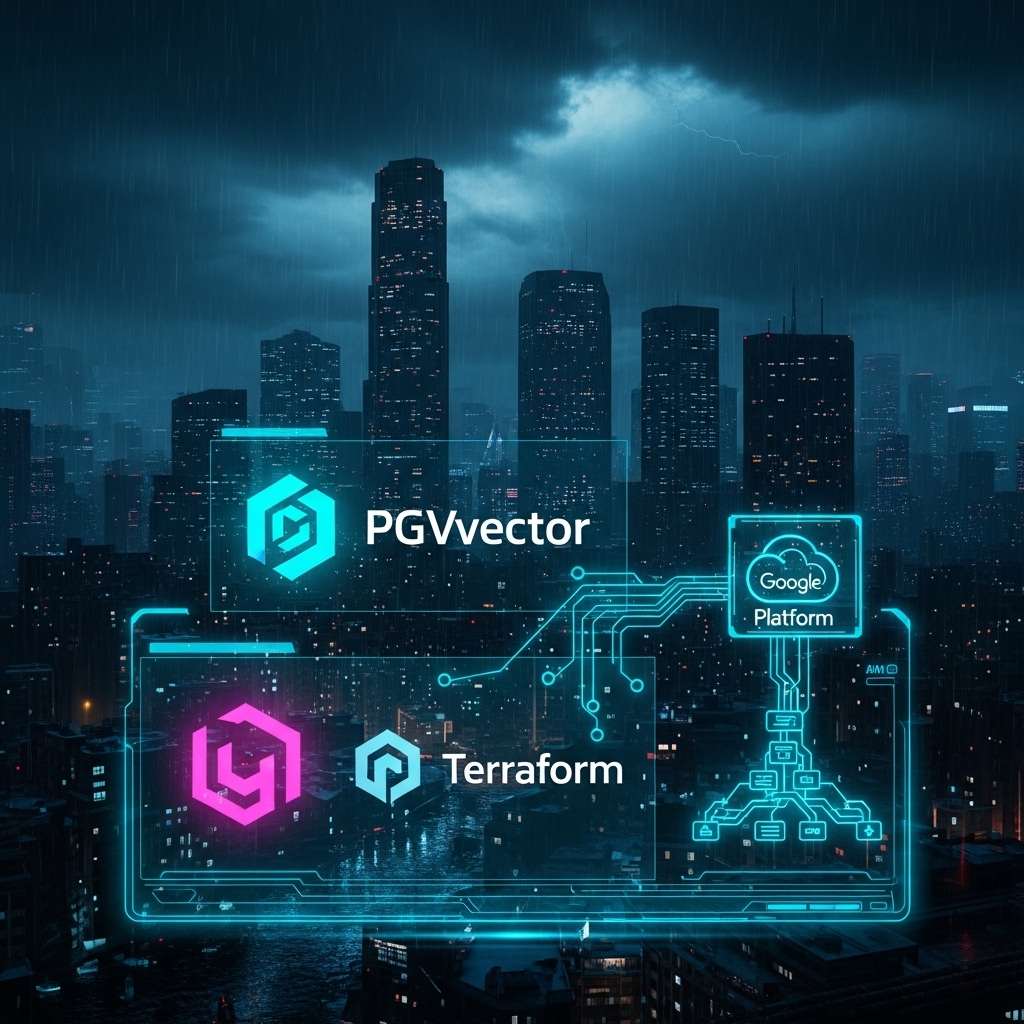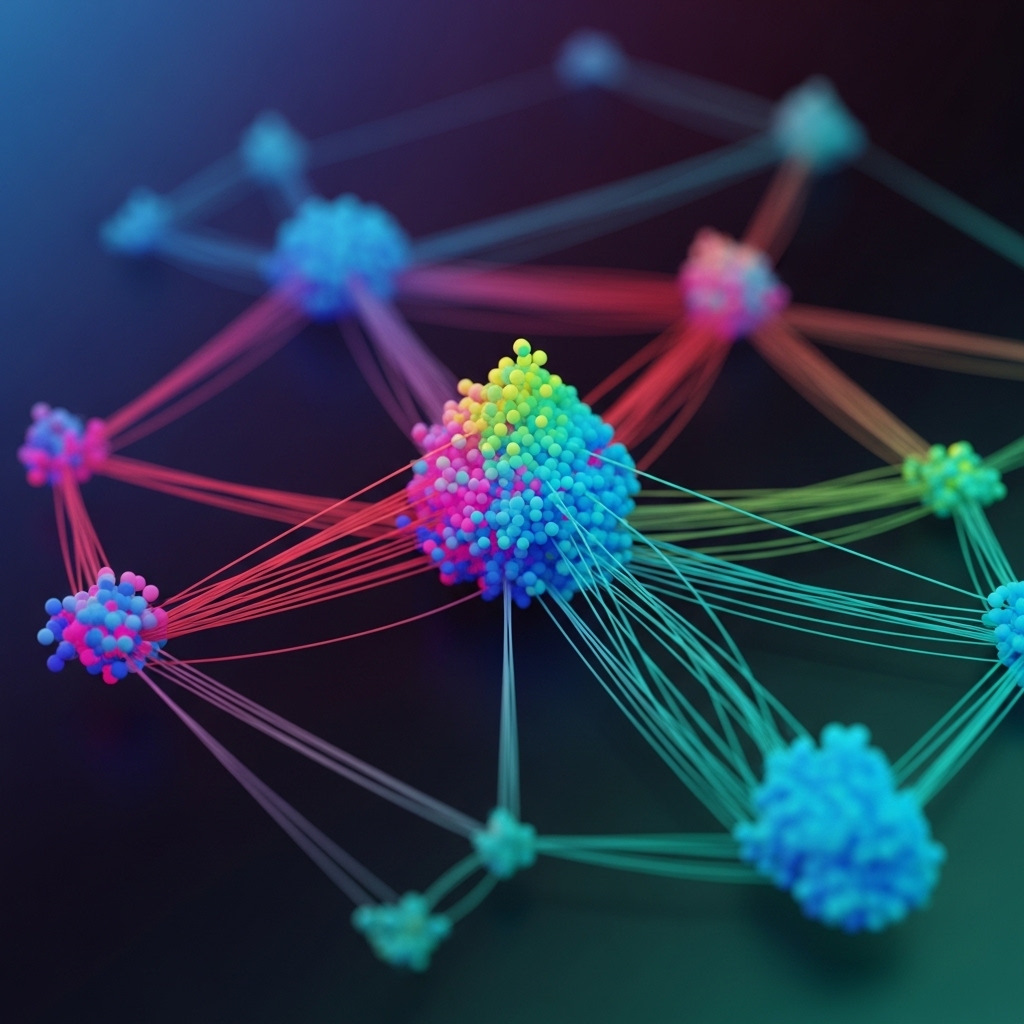
This comprehensive guide explores the fascinating world of vector search and how it revolutionizes modern applications:
- 🧠 Introduction to vector search: What it is, why it matters, and how it empowers modern applications
- 🏗️ Overview of the repo: Infrastructure-as-code, Python scripts, and integration with cloud services
- 🎯 Key use cases enabled by vector search:
- 🛒 Product Recommendations: Deliver personalized suggestions using semantic similarity
- 🤖 Retrieval-Augmented Generation (RAG): Enhance chatbots and LLMs with context-aware retrieval
- 🔍 Semantic Search: Go beyond keywords to find relevant documents, products, or answers
- 🧹 Content Deduplication: Identify near-duplicate items in large datasets
- 🚨 Anomaly Detection: Spot unusual patterns by comparing vector representations
- 🎯 Personalization Engines: Tailor user experiences based on semantic profiles
- 🚀 What's next: Deploying the stack with Terraform, running sample queries, and exploring what you can build
- 📚 And after: Upcoming articles will dive deep into each use case, from recommendations to RAG and beyond
🔍 Introduction
Why Vector Databases? 🤔
Traditional search methods like relational databases and full-text search excel at structured data and exact matches. However, they face significant limitations with modern data challenges.
🔑 Traditional Search Strengths
- Structured Data: Finding information based on exact matches and filters
- Scalar Indexing: Efficient queries on columns and text search
- Metadata Approach: Adding labels to unstructured data for categorization
- ❌ Complex Data Structures: Can't search images, audio, or complex text sequences effectively
- ❌ Semantic Understanding: Misses meaning and context behind content
- ❌ Scalability Issues: Exact searches on high-dimensional data don't scale efficiently
- ❌ Representation Challenges: Difficult to create compact, searchable representations
What is a Vector Database? 🧠
Vector databases revolutionize search by:
- 🗄️ Storing Vector Embeddings: Mathematical representations of complex data
- ⚡ Similarity Engine: Fast approximate nearest neighbor search
- 🌐 Geometric Space: Representing objects in high-dimensional space based on semantic meaning
✨ Embeddings: The Magic Behind the Scenes
🔮 What Are Embeddings?
Embeddings convert complex information like images, sounds, and text into mathematical vectors that capture semantic meaning in high-dimensional space.
The embedding process transforms any type of content into a searchable mathematical representation:
- 🔄 Transformation Process: Embedding models convert complex data into vectors
- 📐 High-Dimensional Space: Each vector represents a position based on semantic meaning
- 📏 Distance Comparison: Similar objects have vectors close together in space
- 🎯 Semantic Similarity: Mathematical distance reflects conceptual similarity
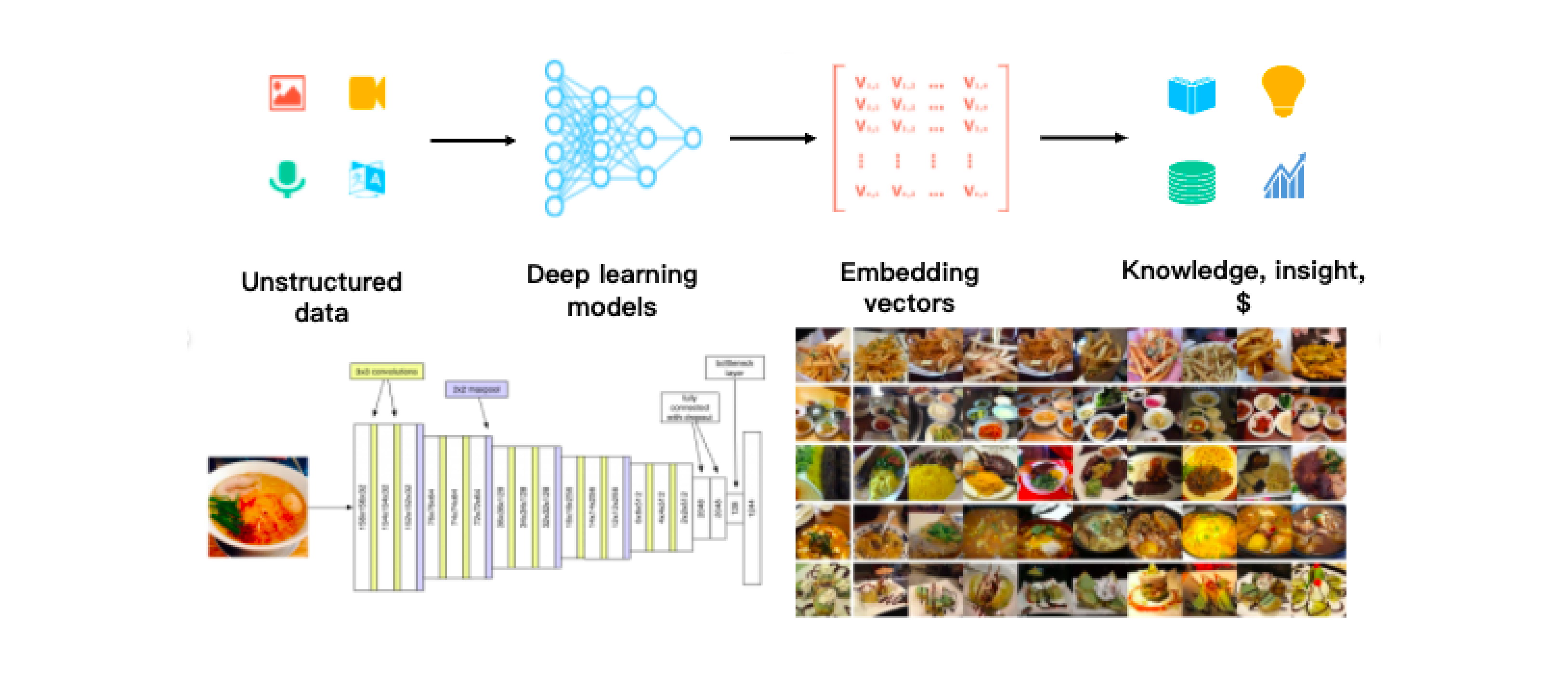
The embedding process involves several sophisticated steps:
- Data Preprocessing: Clean and normalize input data
- Model Processing: Deep learning models analyze content
- Vector Generation: Output high-dimensional vectors (typically 384-1536 dimensions)
- Semantic Encoding: Similar concepts cluster together in vector space
🛠️ How Does It Work?
Vector Search: Algorithm Approaches
| Algorithm | Accuracy | Speed | Use Case |
|---|---|---|---|
| 🎯 K-nearest-neighbor (kNN) | Perfect | O(N) - Slow | Small datasets, research |
| ⚡ Approximate-nearest-neighbor (ANN) | ~95-99% | Very Fast | Production systems |
Vector Indexes Categories
Modern vector databases use four main indexing approaches:
- 🌳 Tree-based Index: Hierarchical partitioning for balanced search
- 🔗 Graph-based Index: Connected node networks for proximity search
- #️⃣ Hash-based Index: Locality-sensitive hashing for fast approximate matches
- 🧮 Quantization-based Index: Compressed representations for memory efficiency
| Library | Creator | Strengths | Best For |
|---|---|---|---|
| HNSW | Research Community | High speed & accuracy | Production systems |
| Faiss | Meta/Facebook | CPU & GPU optimization | Large-scale search |
| ScaNN | TensorFlow integration | ML pipelines | |
| ANNOY | Spotify | Memory efficient | Read-heavy workloads |
For comprehensive benchmarks, see the ANN Benchmark project.
Workflow: From Content to Recommendation
The complete vector database workflow demonstrates how content transforms into intelligent recommendations:
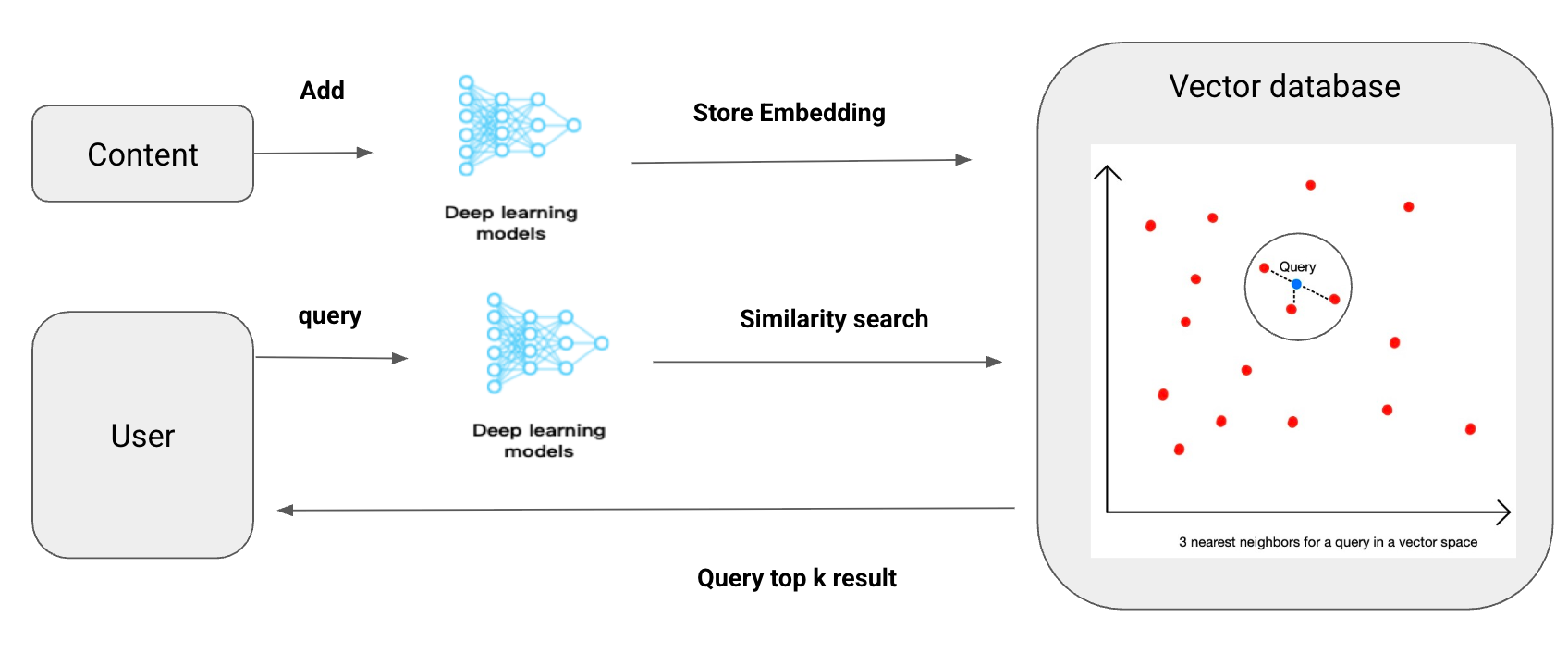
🔄 Vector Database Workflow
- Content Ingestion: Raw data enters the system
- Embedding Generation: Deep learning models create vector representations
- Vector Storage: Embeddings stored with optimized indexing
- Query Processing: User queries converted to vectors
- Similarity Search: Find nearest neighbors in vector space
- Result Ranking: Return most relevant matches
🎮 Interactive Vector Similarity Demo
- 🔵 Blue Dots: Regular vector points in 2D space
- 🔴 Red Dot: Query vector looking for similar neighbors
- 🟢 Green Dots: Most similar vectors (nearest neighbors)
- 📏 Dashed Lines: Distance measurements between query and similar vectors
🗺️ Vector Database Landscape
The vector database ecosystem offers diverse solutions for different needs:
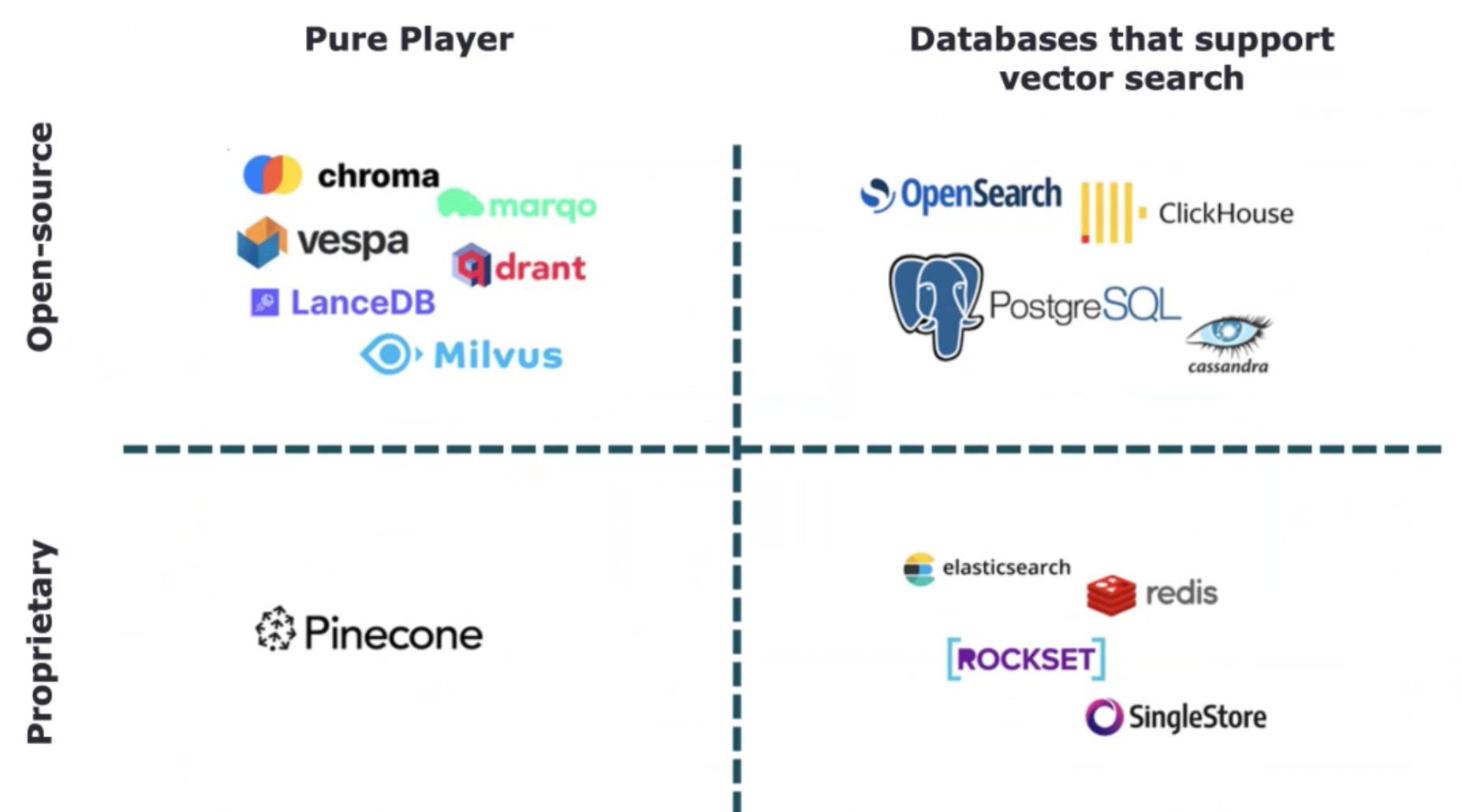
| Category | Examples | Best For |
|---|---|---|
| 🔓 Pure Vector Databases (Open Source) | Chroma, Qdrant, Milvus, LanceDB | Specialized vector workloads |
| 🗄️ Databases with Vector Support (Open Source) | PostgreSQL (pgvector), OpenSearch, ClickHouse | Hybrid structured + vector data |
| 💼 Proprietary Solutions | Pinecone, Weaviate, Elasticsearch | Managed services, enterprise features |
🚀 Success Story: Choosing the Right Vector Database
Company: A mid-size e-commerce platform needed product recommendations and semantic search
- Evaluation Criteria: Performance benchmarks, integration complexity, and total cost
- Decision: Started with PostgreSQL + pgvector for MVP
- Result: 40% improvement in recommendation click-through rates
- Next Phase: Planning migration to dedicated vector database for scale
🚀 Next Steps
🎯 Ready to Get Hands-On?
In the next article, you'll learn how to deploy your own vector database stack with Terraform, run sample queries, and start building real-world applications.
Here's what you can expect in upcoming guides:
- 🏗️ Infrastructure Setup: Deploy PostgreSQL with pgvector using Terraform
- 🐍 Python Integration: Build embedding pipelines and query interfaces
- 🔍 Real-World Examples: Product recommendations, semantic search, and RAG systems
- 📊 Performance Optimization: Indexing strategies and query optimization
- 🚀 Production Deployment: Monitoring, scaling, and maintenance best practices
